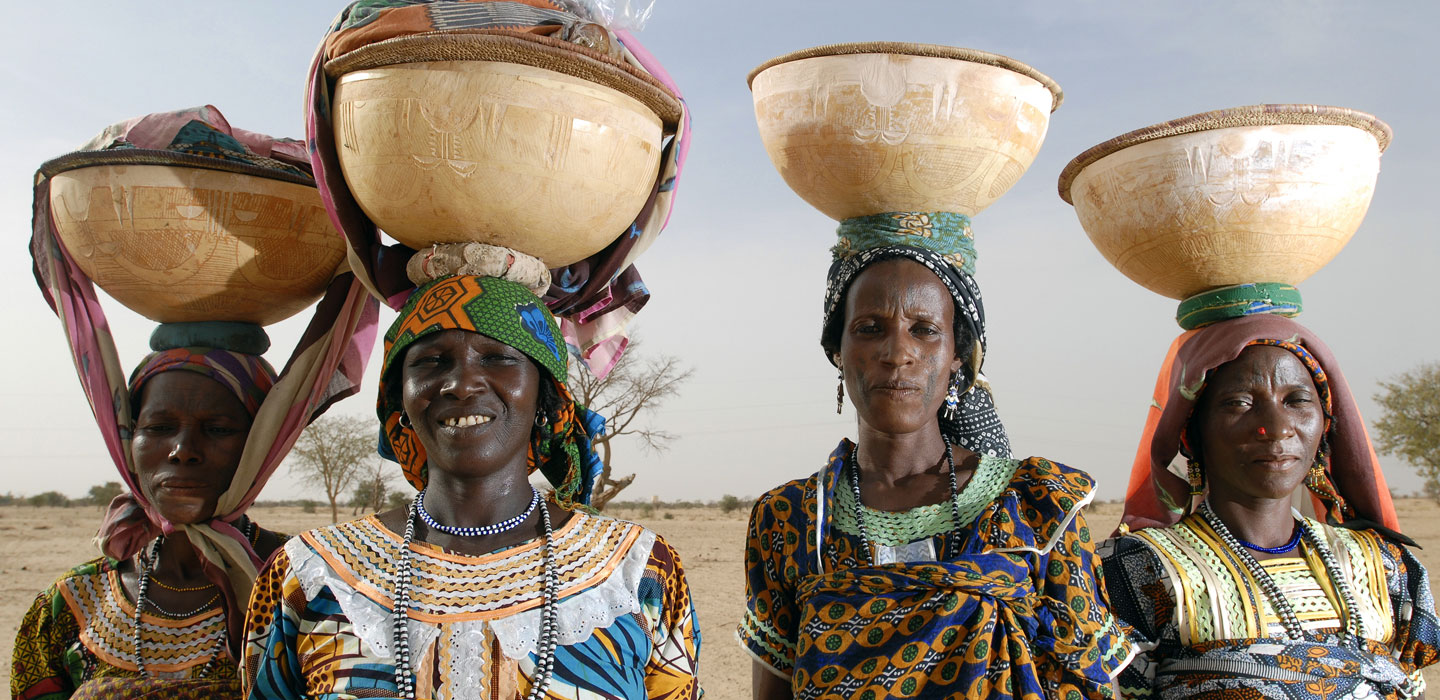Herramientas y Guías
Herramientas y Guías

Herramientas y Guías
Visualización del menú
Search Results Filters
Resultados de la búsqueda
How to do Strengthening community-based commodity organizations
octubre 2016
With populations growing, fast emerging middle classes are demanding quality produce, luxury goods (tobacco, alcohol) and animal proteins, and there is pressure on domestic agricultural production to meet these needs.
How to do note - Formalising community-based microfinance institutions
septiembre 2016
The purpose of this publication is to provide IFAD CPMs, MFIs, and all technical and financial partners with a methodological tool that will facilitate efficient implementation of the institutional transformation or regrouping processes of microfinance institutions, especially those that serve rural populations – processes that a priori are highly complex.
Lessons learned - Formalising community-based microfinance institutions
septiembre 2016
Despite the progress made in the microfinance sector, its expansion has been hindered in large measure by institutional and financial impediments. This situation has led some institutions to embark on an institutionalization, institutional transformation, or regrouping process to overcome the obstacles in their path.
Toolkit: Formalising community-based microfinance institutions
septiembre 2016
Microfinance institutions (MFI) take various forms these days, among them: projects, credit union or village banking networks, savings and credit cooperatives and mutual institutions, associations, capital companies, etc.
Gender in climate smart agriculture, Module 18 for the Gender in Agriculture Sourcebook
julio 2016
This module provides guidance and a comprehensive menu of practical tools for integrating gender in the planning, design, implementation, and evaluation of projects and investments in climate-smart agriculture (CSA). The module emphasizes the importance and ultimate goal of integrating gender in CSA practices, which is to reduce gender inequalities and ensure that men and women can equally benefit from any intervention in the agricultural sector to reduce risks linked to climate change. Climate change has an impact on food and nutrition security and agriculture, and the agriculture sector is one of the largest emitters of greenhouse gases. It is crucial to recognize that climate change affects men and women differently. The initial assumption is that social differences, particularly gender inequality, must be taken into account to strengthen the effectiveness and sustainability of CSA interventions. Women are key players in the agricultural sector, yet compared to men, they own fewer assets and have access to less land, fewer inputs, and fewer financial and extension services.
Compendium of rural women’s technologies and innovations
abril 2016
It’s a well-worn cliché that women’s work is never done. But in many parts of the world, it’s still undeniably true.
Conjunto de herramientas: Reducir la carga de trabajo doméstico de las mujeres en las zonas rurales mediante el uso de tecnologías y prácticas de ahorro de mano de obra
abril 2016
Este conjunto de herramientas comprende una sinopsis, una guía práctica y las enseñanzas extraídas en relación con las tecnologías de ahorro de mano de obra para reducir la carga de trabajo doméstico.
Enseñanzas extraídas: Reducir la carga de trabajo doméstico de las mujeres mediante inversiones en relación con el agua
abril 2016
El acceso a un abastecimiento sostenible de agua potable en cantidades suficientes para fines domésticos y productivos sigue siendo limitado en muchas zonas rurales, en particular para los grupos más mmarginados.
Guía práctica: Reducir la carga de trabajo doméstico de las mujeres de las zonas rurales mediante el uso de tecnologías y prácticas de ahorro de mano de obra
abril 2016
Esta guía práctica examina las oportunidades que ofrecen las tecnologías y prácticas de ahorro de mano de obra para las mujeres de las zonas rurales en la esfera doméstica.